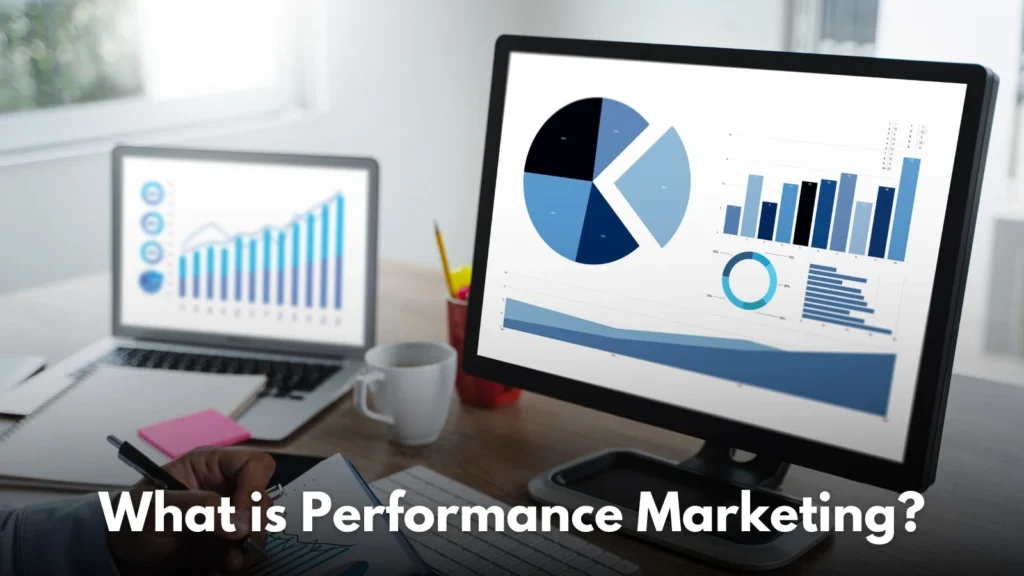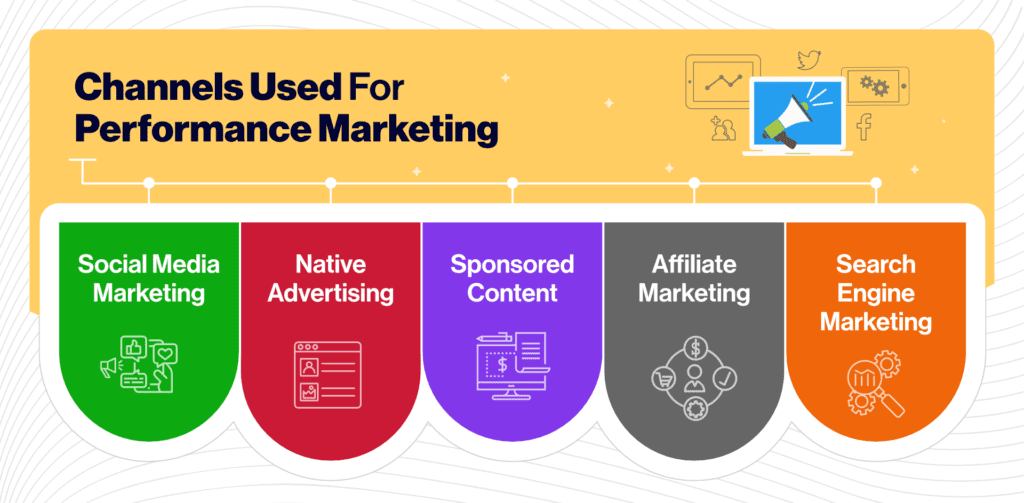
In today’s fast-paced digital landscape, businesses are shifting toward strategies that deliver measurable results—and that’s exactly where result-driven marketing comes in. Unlike traditional marketing that focuses on broad visibility, performance marketing is data-driven, result-oriented, and cost-efficient. But what exactly is it, and how does it work?
What is Performance Marketing?
Performance marketing is a digital marketing strategy where advertisers only pay for specific actions—like clicks, leads, or sales—instead of upfront for ad placements. It ensures that every penny spent drives a return, making it ideal for brands seeking maximum ROI.
Is Performance Marketing the Same as Affiliate Marketing?
Not quite. Affiliate marketing is a part of result-driven marketing, but not the whole picture. While affiliate marketing relies on third-party partners to drive sales, result-driven marketing includes other channels like social media ads, influencer marketing, native ads, and more.
Affiliate Marketing
A strategy where external partners (affiliates) promote your product and earn a commission only when they deliver a result.
Brand Marketing vs. result-driven marketing
Brand marketing focuses on long-term awareness and reputation. result-driven marketing, on the other hand, is about short-term, trackable results—such as acquiring new customers or generating leads.
How Does Performance Marketing Work?
It follows a clear and repeatable cycle:
- Define goals – clicks, conversions, downloads, etc.
- Select the right channel – social media, search, content, or email.
- Create compelling campaigns tailored to your audience.
- Track and optimize performance in real time.
Market Validation
Before launching, marketers analyze demand, trends, and competition to ensure campaign success.
Benefits of Performance Marketing
- Pay only for results (e.g., cost-per-click or per acquisition)
- Easily measurable and trackable through analytics
- Highly targeted based on demographics, behavior, and intent
- Scalable – increase budgets for high-performing campaigns
- Real-time optimization for continuous improvement
4 Main Types of Performance Marketing

1. Social Media Advertising
Run ads on platforms like Instagram, Facebook, or LinkedIn with performance goals like leads or sales.
2. Search Engine Marketing (SEM)
Advertise on search engines like Google using pay-per-click (PPC) models.
3. Influencer Marketing
Partner with influencers who get paid based on the performance of the content they create.
4. Native Advertising
Promote sponsored content that blends naturally into its platform and pays based on interaction.
Popular Performance Marketing Channels
- Display Ads
- Native Advertising
- Content Marketing
- Search Engine Marketing
- Social Media Advertising
Performance Marketing Examples
- A brand pays a YouTuber only when their link gets a purchase (Affiliate Marketing).
- A Google Ads campaign charges only for actual clicks (PPC).
- An Instagram influencer earns a commission when a follower signs up or buys.
Measuring Performance Marketing
Key Metrics
- CPM (Cost Per Mille) – cost per thousand impressions
- CPC (Cost Per Click) – cost for each ad click
- CPA (Cost Per Acquisition) – cost for each conversion
- CPL (Cost Per Lead) – cost to generate one qualified lead
Limitations of Performance Marketing
- Doesn’t build brand awareness in the long term
- Can lead to brand dilution if not aligned with values
- Attribution models may create false confidence in results
